KyushuCalanthe
Just call me Tom
- Joined
- Jan 12, 2008
- Messages
- 8,188
- Reaction score
- 479
Well, that's what they call them in America anyway. Here in Japan they are called higanbana, since they flower right around the autumnal equinox and Buddhist holiday week, ohigan.
Last weekend my girlfriend and I went to a local river valley that is full of the lovely Lycoris radiata, a summer dormant, fall flowering bulbous species. The leaf-less flowering stalks come up "out of nowhere" hence the common names "naked lady" and "surprise lily". Later in the fall the daffodil-like leaves appear. This plant is in fact not a native of Japan, but another import from China. That isn't remarkable except that none can reproduce by seed and yet this plant numbers into the untold thousands throughout southern Japan and Korea. All either reproduced vegetatively or were planted by human hands. All plants in Japan are from one basic source and are sterile triploid plants, virtually identical. But that is another story. Now for the pics.
You can't beat that saturated red!
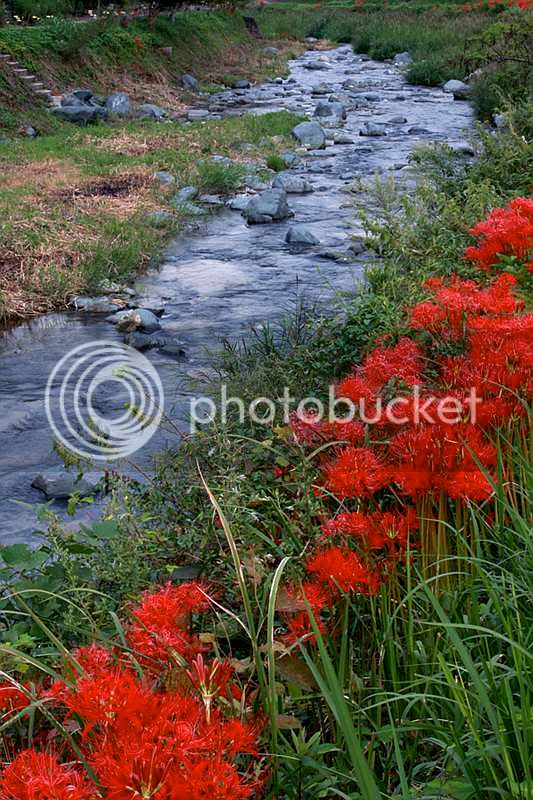
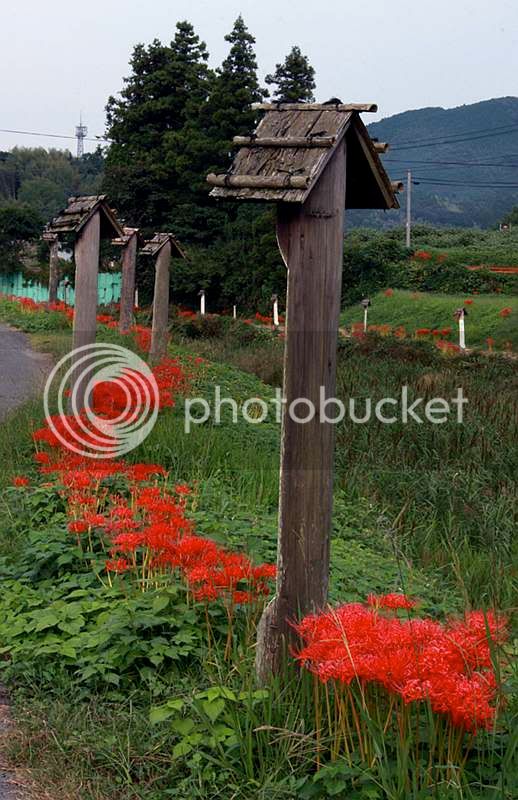
The flowers remind me of deciduous azaleas. What do you think?
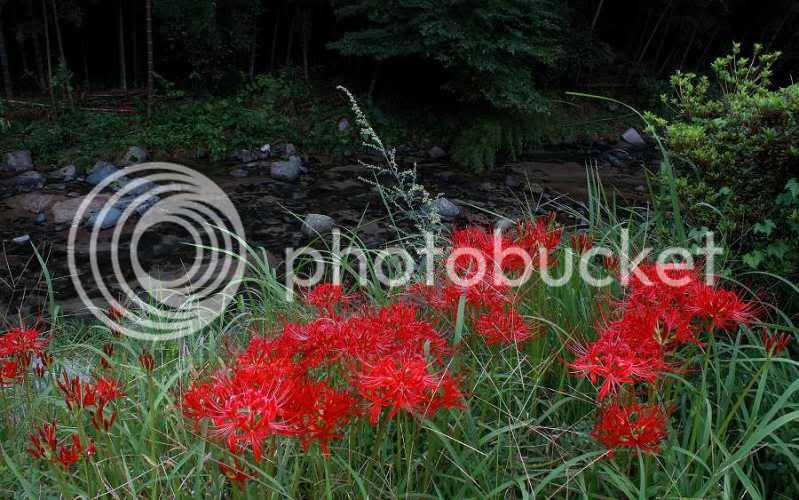
Much less common are these "alba" forms, more yellow than white to my eyes.
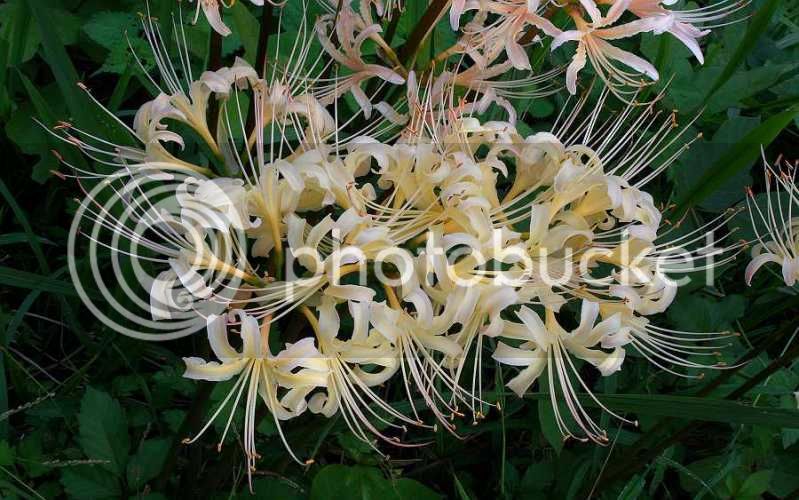
The river valley's name is Inonaki meaning "dog barking". The mountain pass just above is famous for a female ghost that was killed years ago during one of Japan's many internal wars and she to this day is respected and feared by people all over this region. This part of the river is bordered by a moso bamboo grove, another import from China and typical of lowland hillsides and bases of higher mountains of southern Japan.
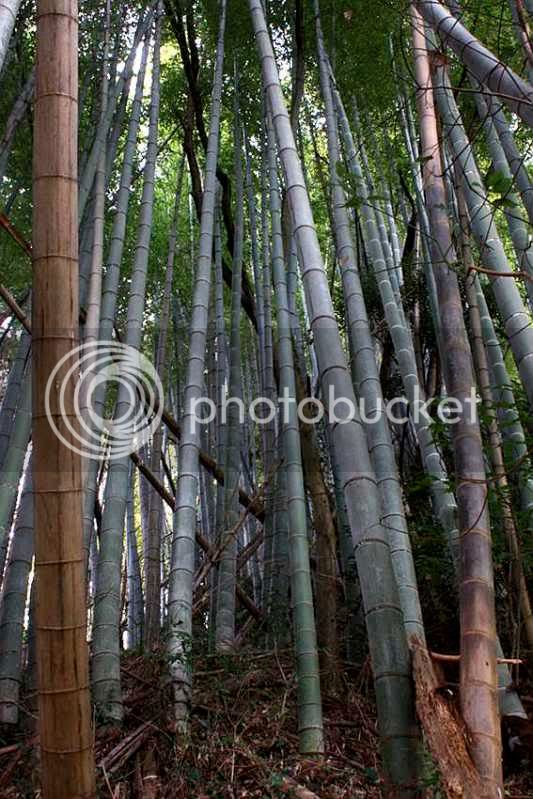
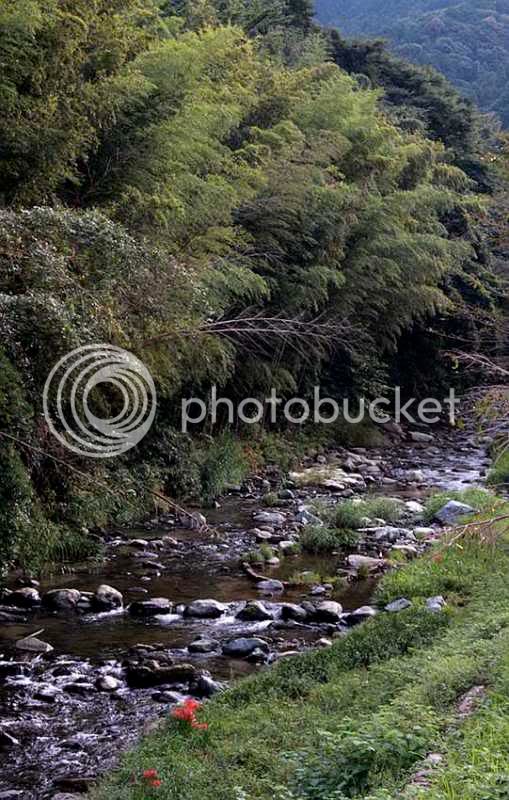
We finished the day in proper American style by BBQing these big, fat rib-eye steaks. Yummy (if you're not vegetarian).

Last weekend my girlfriend and I went to a local river valley that is full of the lovely Lycoris radiata, a summer dormant, fall flowering bulbous species. The leaf-less flowering stalks come up "out of nowhere" hence the common names "naked lady" and "surprise lily". Later in the fall the daffodil-like leaves appear. This plant is in fact not a native of Japan, but another import from China. That isn't remarkable except that none can reproduce by seed and yet this plant numbers into the untold thousands throughout southern Japan and Korea. All either reproduced vegetatively or were planted by human hands. All plants in Japan are from one basic source and are sterile triploid plants, virtually identical. But that is another story. Now for the pics.
You can't beat that saturated red!


The flowers remind me of deciduous azaleas. What do you think?

Much less common are these "alba" forms, more yellow than white to my eyes.

The river valley's name is Inonaki meaning "dog barking". The mountain pass just above is famous for a female ghost that was killed years ago during one of Japan's many internal wars and she to this day is respected and feared by people all over this region. This part of the river is bordered by a moso bamboo grove, another import from China and typical of lowland hillsides and bases of higher mountains of southern Japan.


We finished the day in proper American style by BBQing these big, fat rib-eye steaks. Yummy (if you're not vegetarian).




